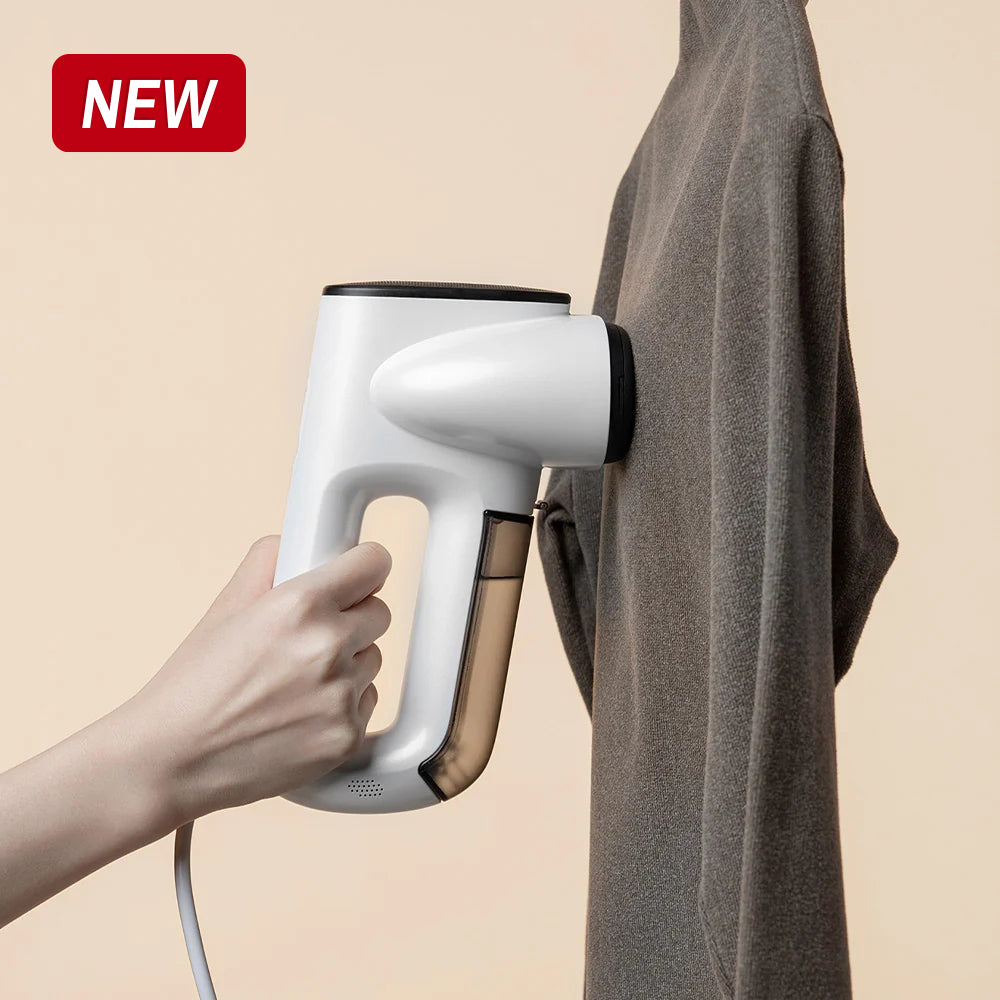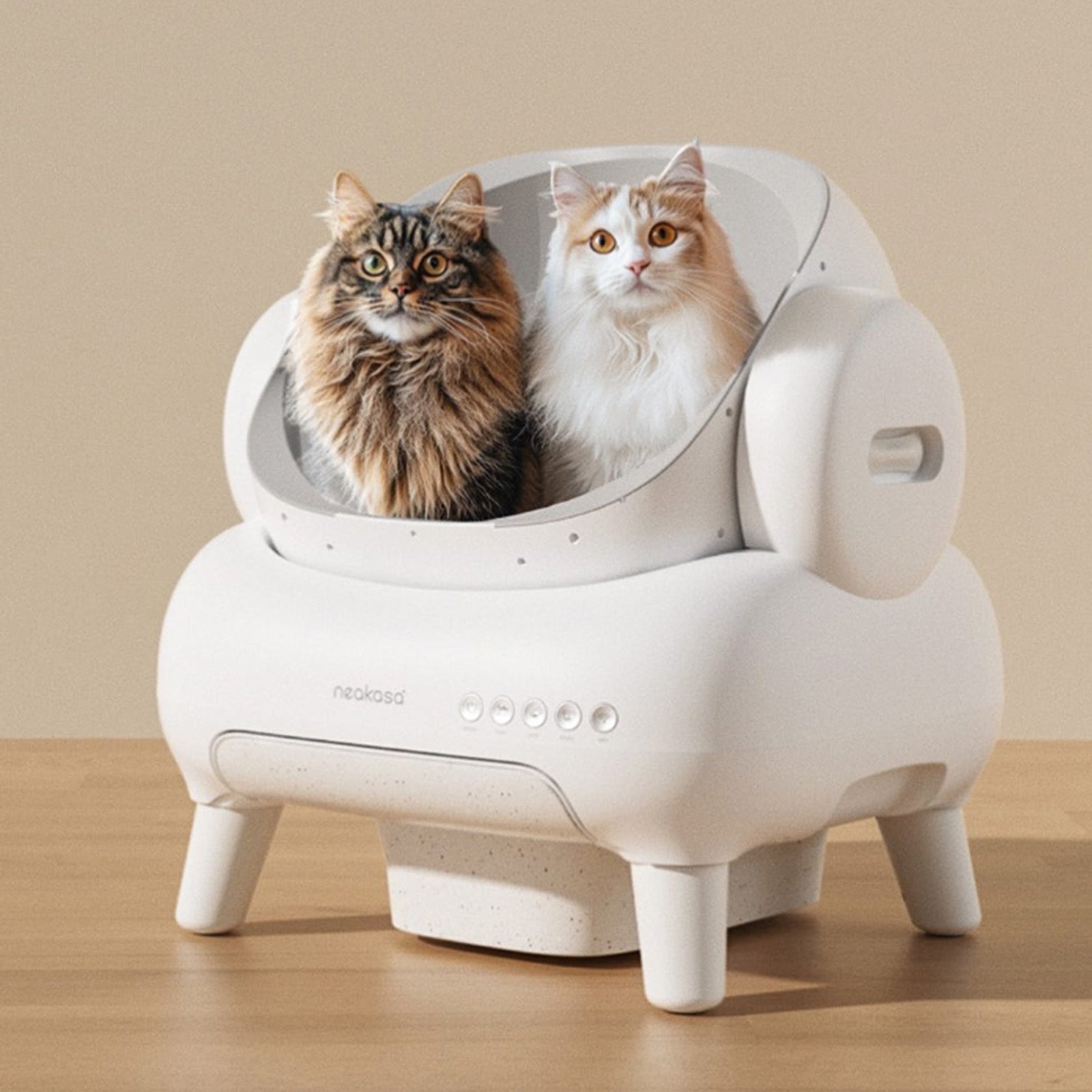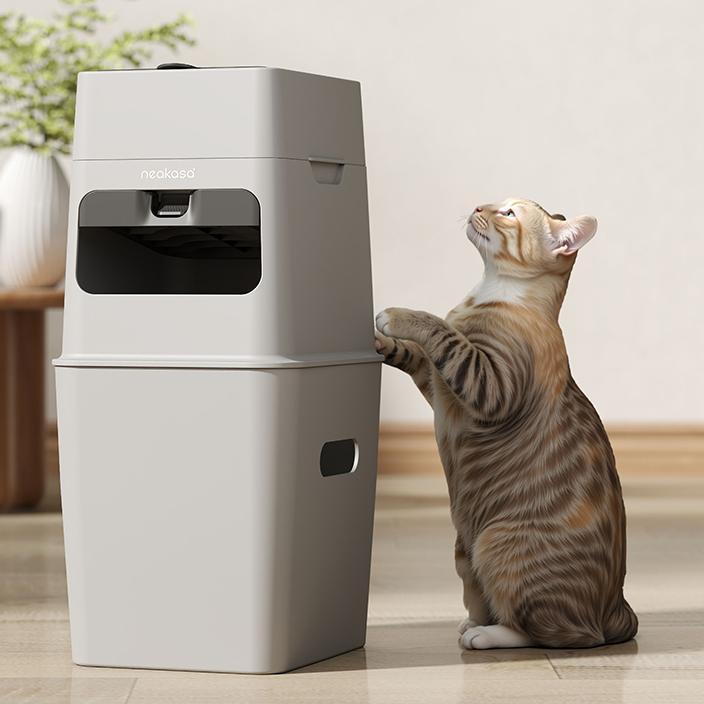Automatic litter boxes are a popular choice for busy cat owners,offering hands-free cleaning, less odor, and a cleaner home. Whether you're working long hours, traveling often, or managing multiple cats, they seem like the perfect solution.
But some wonder if automatic litter boxes are truly safe.
In this article, we’ll explore the facts behind these claims, common use scenarios, and how to use an automatic litter box safely, so your cat stays happy and protected.
Are Automatic Litter Boxes safe? Examining the Facts
When pet parents research automatic litter boxes, it’s clear there's concern and confusion surrounding automated litter boxes. The big question is: are these Automatic Litter Boxes safe? Reddit is full of dramatic posts—and these clearly do represent genuine concern, especially among new pet owners.
Safety is always a priority. Incidents that do arise typically involve:
- Misuse by the owner (like overriding safety sensors)
- Using the device for kittens or underweight cats
- Older or poorly designed units lacking modern safety features
In reality, safety issues often stem from misinformation or misunderstanding of how the device works.
How to Use an Automatic Litter Box Safely
Just like any smart device, automatic litter boxes are safe when used correctly. Designed with built-in sensors, motion detectors, and delay timers, they’re no more dangerous than a vacuum or dishwasher. But real safety comes from how you use it.
To help you avoid rare but real risks, here are essential safety tips every cat parent should follow:
Tip #1: Always Follow the Manufacturer’s Instructions
Many Reddit “fail” stories begin with users skipping the manual or setting up the device incorrectly. Automatic litter boxes are designed with safety protocols—like motion delays, motor locks, and infrared detection—but only function properly if installed and used as intended.
- Always read the quick-start guide before using the litter box for the first time.
- Refer to the full manual for setup, cleaning, and troubleshooting instructions.
- Make sure all safety mechanisms are activated as recommended by the manufacture.
- Take advantage of in-app tutorials or official video walkthroughs if available.

Tip #2: Use Only with Cats Above the Recommended Weight Limit
Most automatic litter boxes use weight sensors to detect whether a cat is inside. If your cat weighs less than 3–4 lbs (typically the case with kittens or certain small breeds), the box may not register their presence. This could cause it to start a cleaning cycle too soon.
- Check the product’s official minimum weight requirement before use.
- Do not allow unsupervised kittens to use an automatic litter box.
- Use a traditional litter box for cats under the weight limit until they grow.
- In multi-cat households, make sure all cats meet the minimum weight threshold.

Tip #3: Keep the Litter Box Clean and Firmware Updated
A dirty sensor is a faulty sensor. Accumulated dust, litter, or waste can interfere with motion detection or weight sensors, leading to false triggers—or worse, missed detections. Clean the litter box interior and sensors weekly, or as recommended by the manufacturer.
- Clean the interior and sensors weekly, or as instructed in the manual.
- Remove clumps and dust that may block or confuse sensors.
- For smart models, check the app regularly for firmware updates.
- Install all updates to receive the latest safety improvements and bug fixes

Tip #4: Never Override Safety Sensors or Trigger Manual Cleaning Around Pets
Some cat parents try to force manual cleaning cycles while their pet is nearby—this is a major safety risk. Modern litter boxes include manual override options, but they should only be used when the unit is empty. Overriding sensors can disable critical safety features like motion detection and weight triggers.
- Ensure your cat is completely away from the litter box before triggering manual cleaning.
- Do not use override functions to speed up cleaning while a pet is near.
- Never disable critical safety settings like motion or weight detection.
- If you suspect sensor issues, contact customer support instead of bypassing protections.

FAQs For Concerned Cat Owners
Q1: Can Kittens Safely Use an Automatic Litter Box?
Kittens under the recommended weight should not use an automatic litter box unsupervised. Wait until your kitten grows past 3.3–4 lbs, or use a manual box temporarily.
Q2: Could an Automatic Litter Box Actually Hurt a Cat?
While Automatic Litter Boxes are very safe, ignoring weight limits or disabling sensors can lead to injury. Always follow user manual instructions, and inspect your litter box regularly.
Q3: Is an Automatic Litter Box Safe for Multi-Cat Households?
Yes—many automatic litter boxes, support multi-cat use. Just make sure each cat meets the weight limit and the box stays clean. Some models even offer app tracking to monitor usage and hygiene.
Final Thoughts: About Automatic Litter Boxes
It’s completely understandable to question the safety of automatic litter boxes—especially after seeing dramatic headlines or Reddit discussions. But it’s important to look beyond the fear and focus on the facts.
When used properly, modern litter boxes are built with safety features designed to protect your cat at every step. The real risk doesn’t come from the technology itself, but from misuse or ignoring safety guidelines.
Choose a trusted model, follow the instructions, and keep your litter box maintained. With the right setup, an automatic litter box can be a safe, hygienic, and worry-free upgrade for both you and your cat.








Leave a comment
This site is protected by hCaptcha and the hCaptcha Privacy Policy and Terms of Service apply.